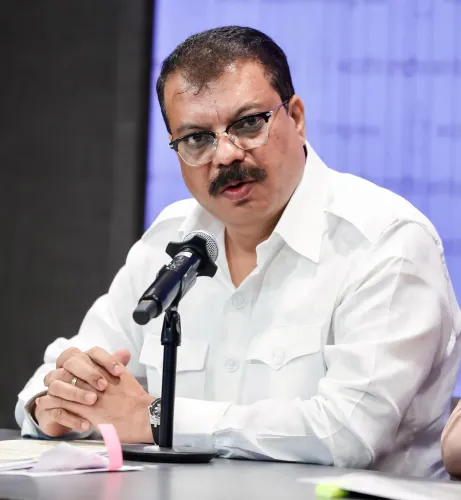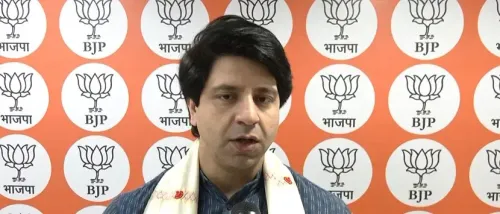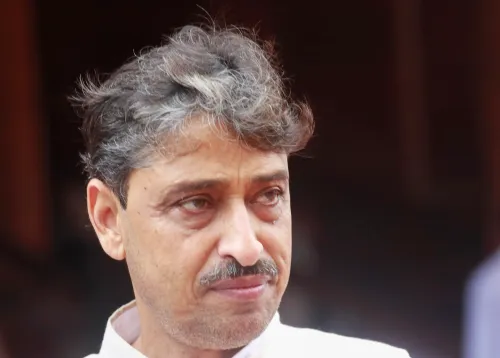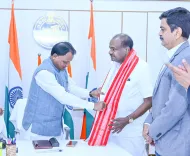How is UP CM Yogi Adityanath Transforming Mathura-Vrindavan with a PPP Model?

Synopsis
Key Takeaways
- Implementation of the PPP model for key projects.
- Focus on integrating heritage and culture with modern infrastructure.
- Priority projects targeting urban beautification and traffic management.
- Encouragement of private sector participation for funding.
- Commitment to preserving local identities while upgrading facilities.
Lucknow, Nov 19 (NationPress) The Chief Minister of Uttar Pradesh, Yogi Adityanath, conducted an in-depth assessment of development strategies focusing on regions such as Mathura-Vrindavan, Meerut, and Kanpur on Wednesday. He strongly recommended implementing the Public-Private Partnership (PPP) model for significant projects.
During this review, the Chief Minister instructed officials to decrease dependence on government funding and to boost private sector involvement in major initiatives by examining the potential for income generation from these projects.
While assessing urban development frameworks for Meerut, Kanpur, and Mathura-Vrindavan, he emphasized that urban growth should transcend mere infrastructure development, integrating local identity, cultural heritage, and modern facilities effectively.
The Chief Minister proposed that the upcoming Bijli Bamba Bypass in Meerut be constructed under the PPP framework, akin to the Lucknow Green Corridor.
He assured that there would be no lack of development funds for Kanpur and Mathura-Vrindavan, which will follow a model focused on heritage, culture, and tourism.
During the meeting, the Divisional Commissioners from Meerut, Kanpur, and Mathura-Vrindavan presented their plans via video conference, highlighting that they would adopt models similar to those used in Ayodhya, Varanasi, Gorakhpur, and Prayagraj.
In the first phase targeting 2025-26, 11 priority projects in Meerut, 13 in Kanpur, and 14 in Mathura-Vrindavan are set to be initiated. These projects will focus on improving traffic flow, redesigning intersections, creating multi-level parking, enhancing green spaces, upgrading roads and footpaths, underground power cabling, water management, tourism infrastructure, and overall beautification.
The Chief Minister emphasized the necessity of innovation, efficient management, and robust financial planning. He urged officials to encourage private-sector participation through revenue-sharing and to implement the PPP model wherever applicable.
He stated that the aim is to establish urban infrastructure that ensures smooth traffic, prioritizes pedestrians and public transport, fosters green urban settings, and maintains each city's distinctive identity. Additionally, he guaranteed further budgetary assistance as needed.







